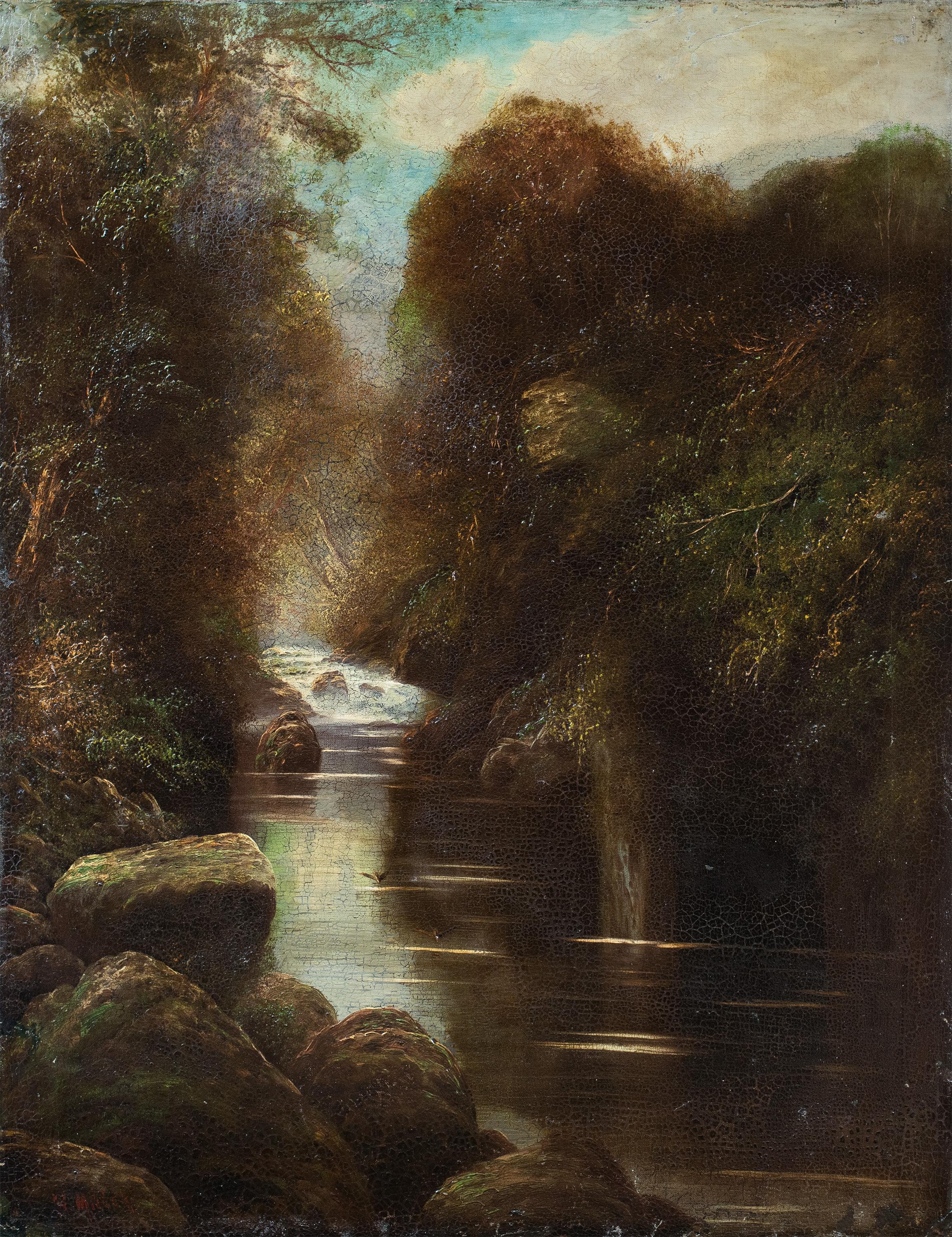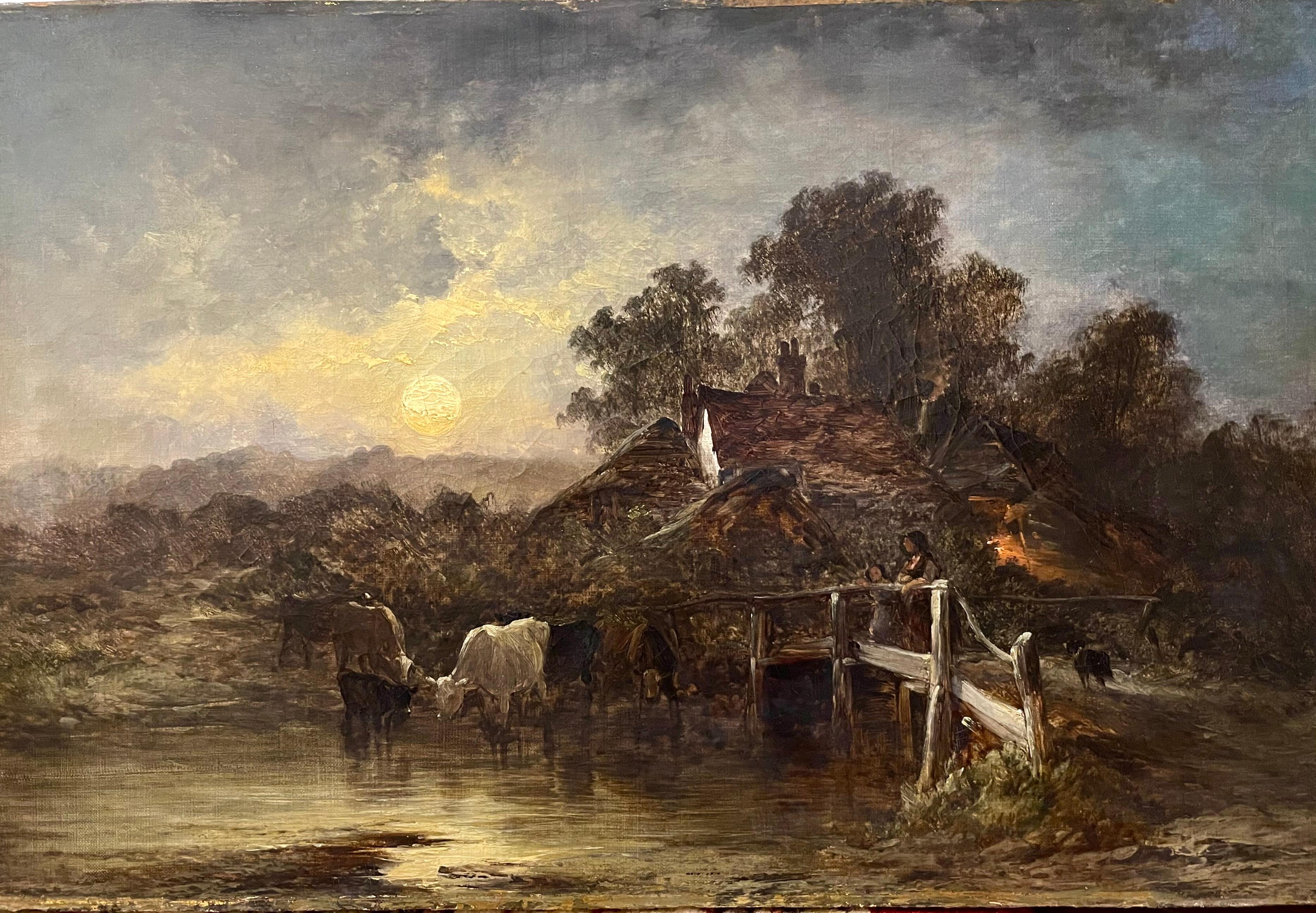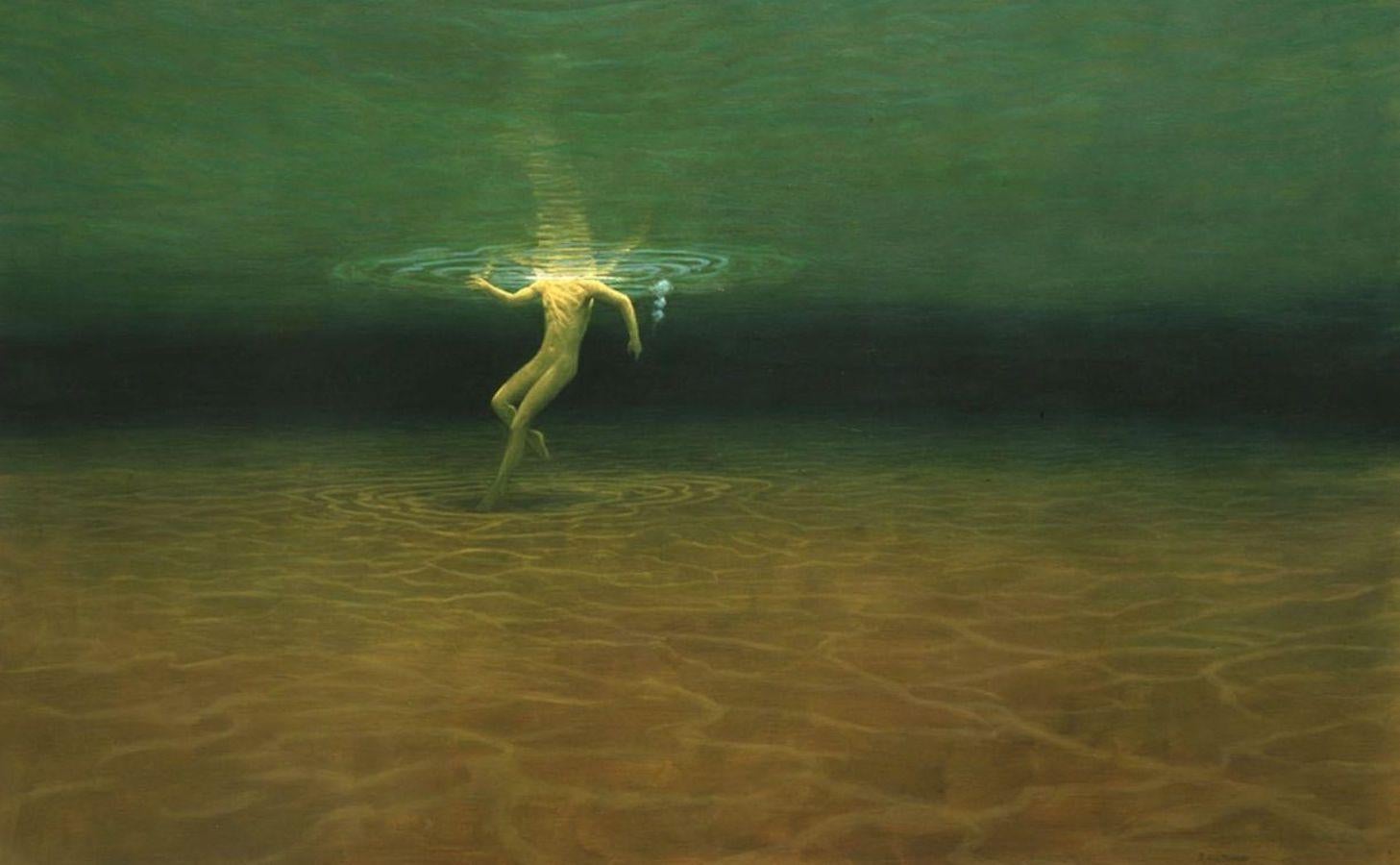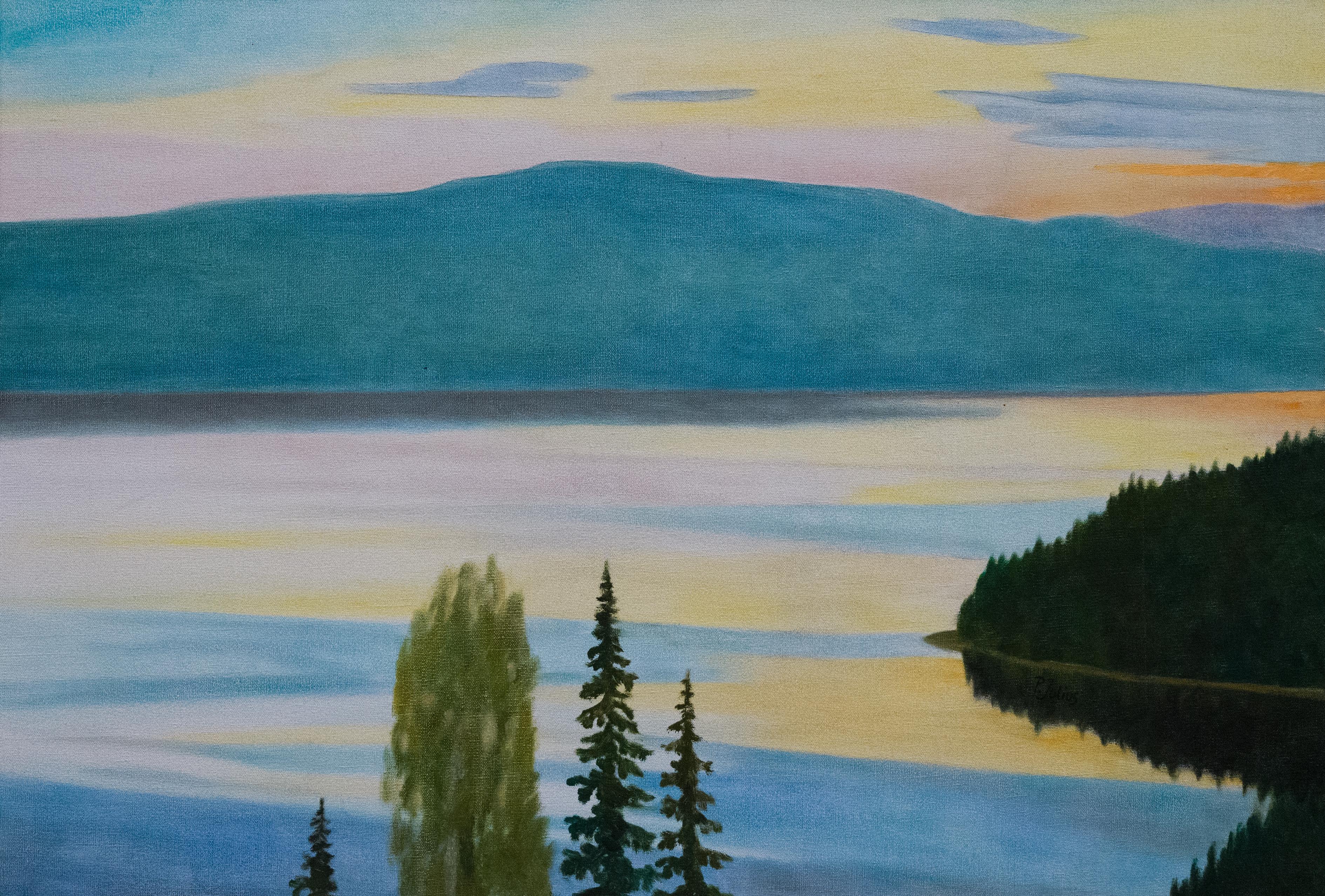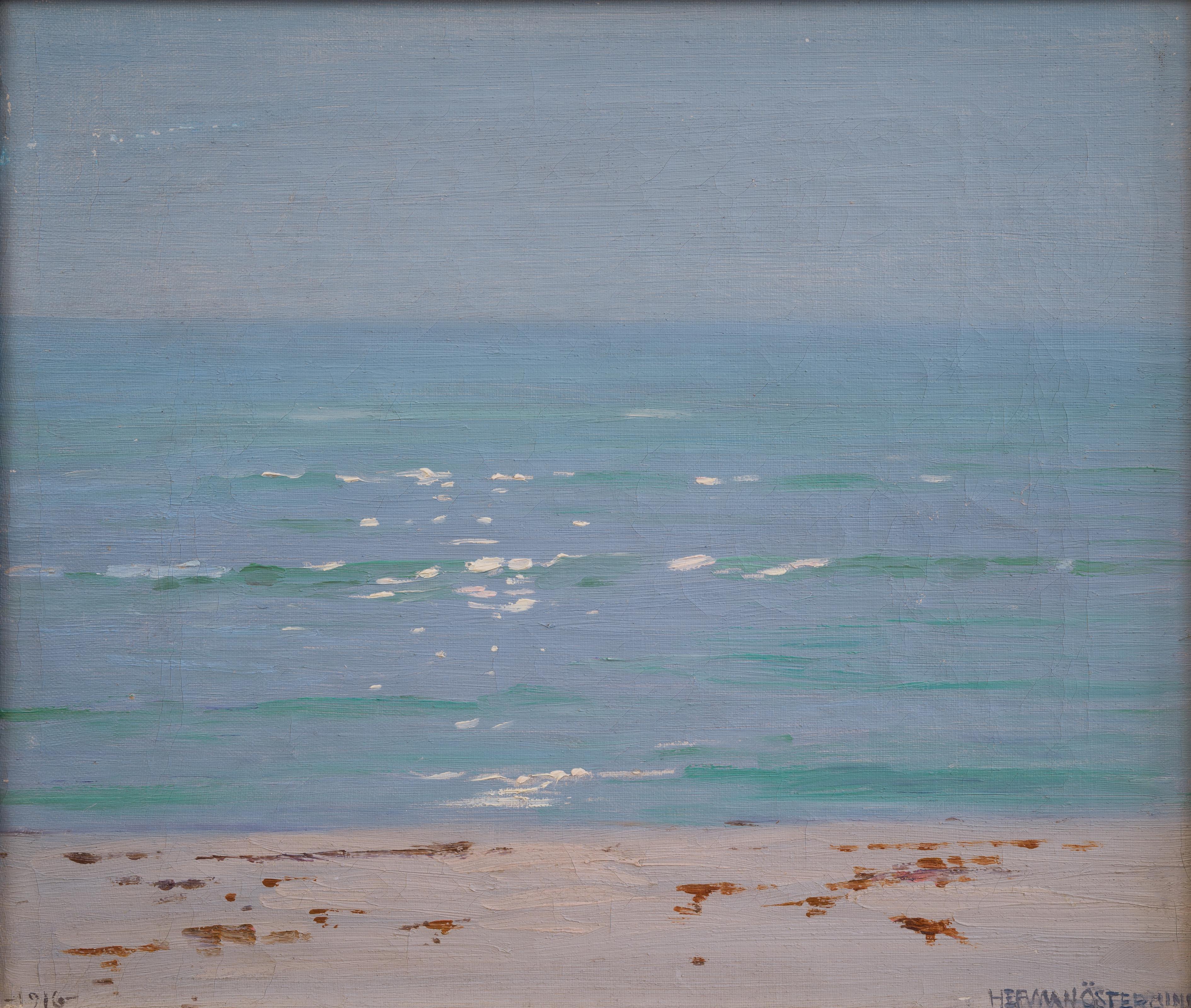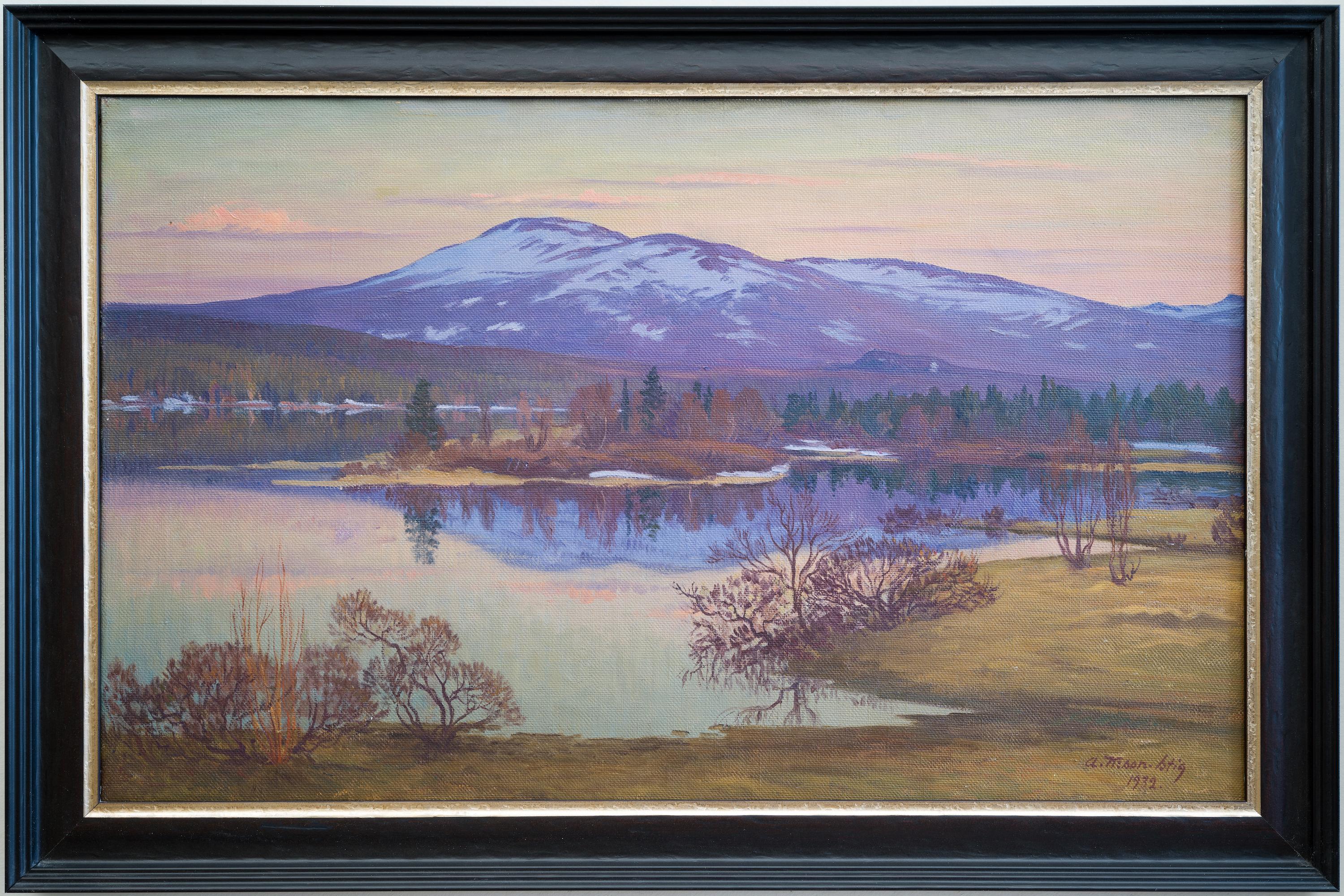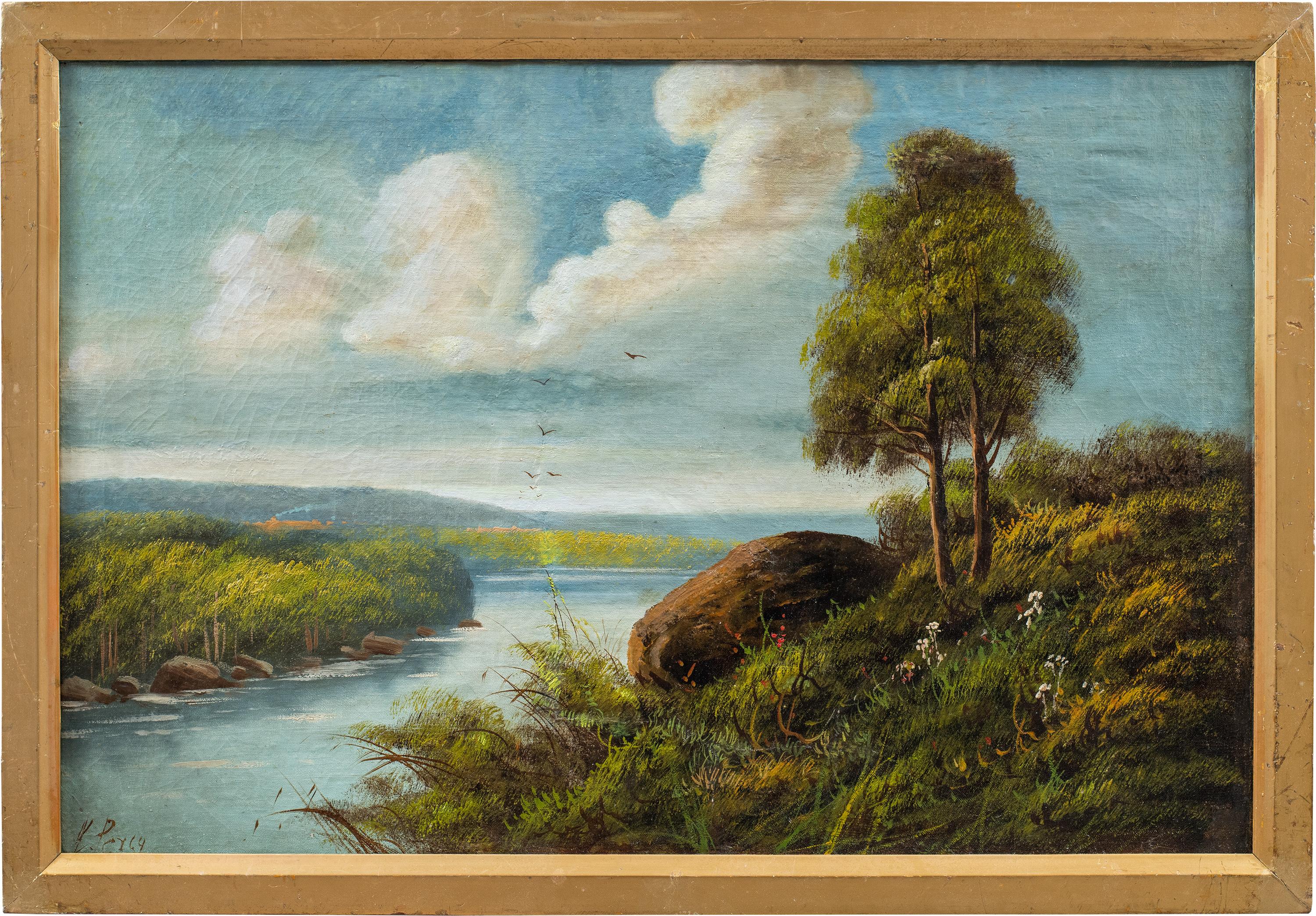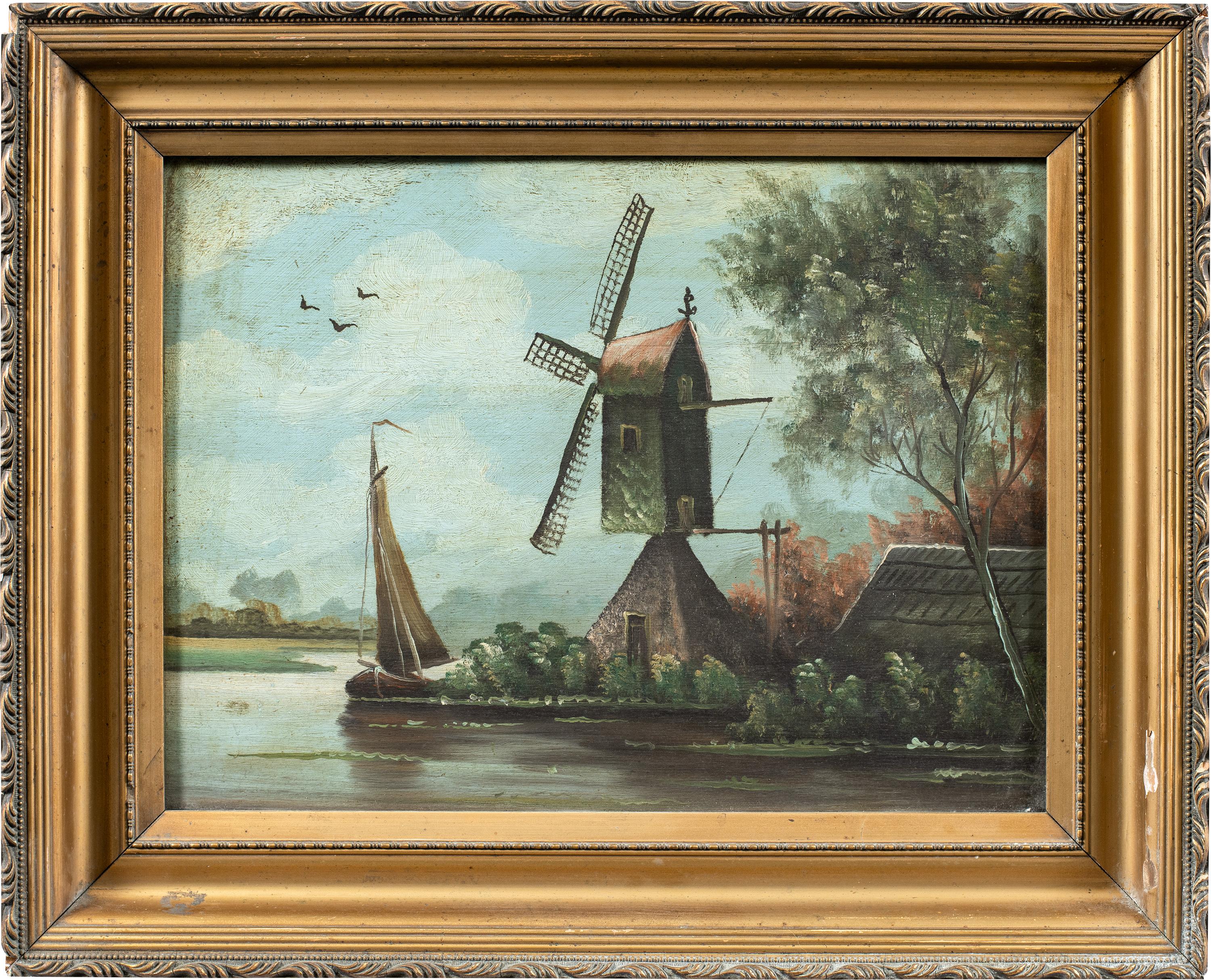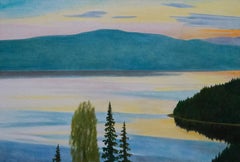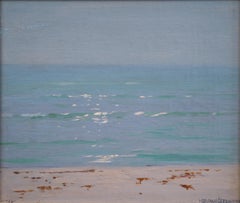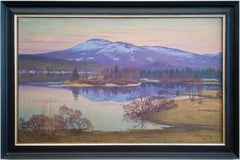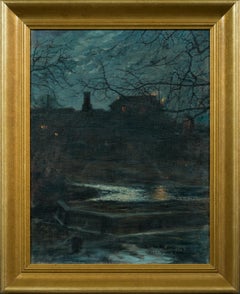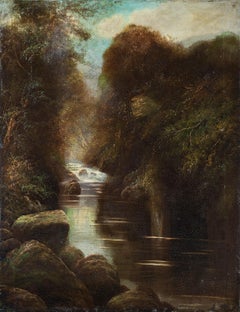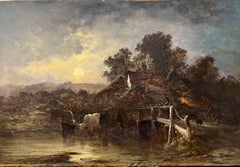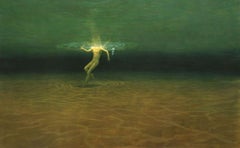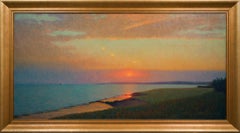
Skälderviken at Sunset, 1916, By Swedish Artist Pelle Malmborg
Want more images or videos?
Request additional images or videos from the seller
1 of 9
Pelle MalmborgSkälderviken at Sunset, 1916, By Swedish Artist Pelle Malmborg1916
1916
Price:$5,000
$7,676.86List Price
About the Item
- Creator:Pelle Malmborg (1869 - 1953, Swedish)
- Creation Year:1916
- Dimensions:Height: 28.35 in (72 cm)Width: 60.24 in (153 cm)
- Medium:
- Movement & Style:
- Period:
- Condition:The surface was cleaned recently, and the colours are bright and clear. The gold frame is included in the purchase.
- Gallery Location:Stockholm, SE
- Reference Number:1stDibs: LU1445213659992
About the Seller
5.0
Platinum Seller
Premium sellers with a 4.7+ rating and 24-hour response times
Established in 2020
1stDibs seller since 2020
189 sales on 1stDibs
Associations
International Confederation of Art and Antique Dealers' Associations
Authenticity Guarantee
In the unlikely event there’s an issue with an item’s authenticity, contact us within 1 year for a full refund. DetailsMoney-Back Guarantee
If your item is not as described, is damaged in transit, or does not arrive, contact us within 7 days for a full refund. Details24-Hour Cancellation
You have a 24-hour grace period in which to reconsider your purchase, with no questions asked.Vetted Professional Sellers
Our world-class sellers must adhere to strict standards for service and quality, maintaining the integrity of our listings.Price-Match Guarantee
If you find that a seller listed the same item for a lower price elsewhere, we’ll match it.Trusted Global Delivery
Our best-in-class carrier network provides specialized shipping options worldwide, including custom delivery.More From This Seller
View AllScandinavian Lake View by Swedish Artist Per Julius (b.1951), Oil on Canvas
Located in Stockholm, SE
A beautiful original oil painting by Swedish artist Per Julius (b.1951).
Julius is best known for his beautiful depictions of the Scandinavian nature and t...
Category
20th Century Naturalistic Landscape Paintings
Materials
Canvas, Oil
Ocean View from the West Coast by Swedish Artist Herman Österlund, 1916
Located in Stockholm, SE
Herman Österlund (1873-1964) Sweden
Ocean View from the West Coast, 1916
oil on canvas
signed and dated Herman Österlund 1916
canvas dimensions 14.37 x 16.73 inches (36.5 x 42.5 cm...
Category
1910s Naturalistic Landscape Paintings
Materials
Canvas, Oil
Mountain View from Hålland, Åre by Swedish Artist Ante Karlsson-Stig, From 1932
Located in Stockholm, SE
The painting we are selling is a breathtaking mountain view from Hålland in Jämtland, Sweden, created by Ante Karlsson-Stig in 1932. Ante Karlsson-Stig (1885-1967) was a Swedish pain...
Category
1930s Naturalistic Landscape Paintings
Materials
Canvas, Oil
The Glow of the Past: Lundström’s Stockholm with a Touch of Mystery
Located in Stockholm, SE
We are pleased to present this painting by Ernst Lundström, dedicated to the esteemed sculptor Per Hasselberg. The dedication on the front of the painting makes this piece particular...
Category
1880s Romantic Landscape Paintings
Materials
Canvas, Oil
Rowboat Beneath the Trees, 1918
Located in Stockholm, SE
This evocative landscape by Axel Edvard Peter captures the serene beauty of nature with remarkable skill. Painted in 1918, the scene depicts a wooden rowboat resting in still waters beneath the sheltering branches of a lush tree. The dappled sunlight filtering through the foliage creates a mesmerizing interplay of light and shadow, while the artist’s use of short, expressive brushstrokes imbues the composition with a vibrant, almost impressionistic quality. The rich greens and golden hues of the landscape reflect Peter’s mastery of color and atmosphere.
Axel Peter was a Swedish painter known for his distinctive artistic voice, shaped by his studies at the Royal Academy of Fine Arts in Stockholm and further training in Paris and Germany. He was part of the influential Opponents’ Movement (Opponentrörelsen) of 1885, alongside artists such as Richard Bergh, Nils Kreuger, and Eugène Jansson...
Category
1910s Post-Impressionist Landscape Paintings
Materials
Canvas, Oil
Coastal Scene from the Swedish West Coast (1923)
Located in Stockholm, SE
Anton Genberg’s coastal painting captures a tranquil harbor scene along Sweden’s west coast. In this 1923 oil painting, a cluster of weathered boathouses stands by the water’s edge, ...
Category
1920s Impressionist Landscape Paintings
Materials
Canvas, Oil
You May Also Like
W. Miller (British Naturalistic painter) - 19th century landscape painting River
Located in Varmo, IT
W. Miller (British, late 19th century) - Woodland landscape with stream.
92 x 71 cm.
Antique oil painting on canvas, without frame.
- Work signed bottom left: “W. Miller."
Condit...
Category
Late 19th Century Naturalistic Landscape Paintings
Materials
Canvas, Oil
Summer Evening
By George Augustus Williams
Located in Hillsborough, NC
Fine 19the century landscape by member of the renowned Williams family of artists, George Augustus (1814-1901). George Augustus was the son of Edward Williams (1781-1855), whose wife...
Category
Mid-19th Century Naturalistic Landscape Paintings
Materials
Canvas, Oil
Swimmer Below (Man swimming in a green lake colors: green brown)
By Andre Von Morisse
Located in Cody, WY
With this painting von Morisse portrays a young man swimming peacefully in a green water Lake with his head above the water. It symbolizes the 90% of the ...
Category
2010s Naturalistic Figurative Paintings
Materials
Canvas, Oil
$12,000 Sale Price
20% Off
"Catalonia Landscape", Early 20th Century Oil on Canvas by Modest Urgell
Located in Madrid, ES
MODEST URGELL
Spanish, 1839 - 1919
CATALONIA LANDSCAPE
signed “Urgell” (lower left)
oil on canvas
27-1/4 x 51-1/4 in. (69 x 130 cm.)
framed: 31-1/4 x 55-...
Category
Early 1900s Naturalistic Landscape Paintings
Materials
Canvas, Oil
Large "View of Venice", 19th Century Oil on Canvas by Karl Kaufmann
By Karl Kaufmann
Located in Madrid, ES
KARL KAUFMANN
Austrian, 1843 - 1901
VIEW OF VENICE
signed & dated "K. Kaufmann 1894" (lower right)
oil on canvas
38-3/4 x 56-1/8 inches (98 x 142 cm.)
framed: 41-1/2 x 59-1/4 inches ...
Category
1890s Naturalistic Figurative Paintings
Materials
Canvas, Oil
Large "View of The Doge's Palace Venice", 19th C. Oil on Canvas by Karl Kaufmann
By Karl Kaufmann
Located in Madrid, ES
KARL KAUFMANN
Austrian, 1843 - 1901
VIEW OF VENICE OF THE DOGE'S PALACE, VENICE
signed & dated "K. Kaufmann 1894" (lower right)
oil on canvas
38-3/4 x 56-1/8 inches (98 x 142 cm.)
fr...
Category
1890s Naturalistic Figurative Paintings
Materials
Canvas, Oil
Recently Viewed
View AllMore Ways To Browse
Antique Bay Window
Olle Oil Painting
Olle Hjortzberg
John Law
Paintings Of Courtyards
Wood Farm Signs
Danish Landscape Oil
Horses Scene Oil Painting Antique
Milwaukee Wi
Ship Port Painting
Very Large Antique Landscape Oil Paintings
White Poppy
16x20 Antique Frame
1980 Boats
Apple Trees
Big Brother
Forest Hills
Sunset River Painting
